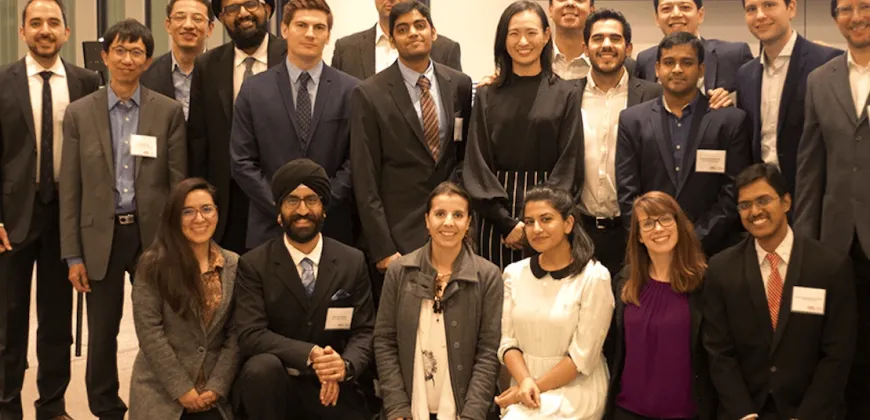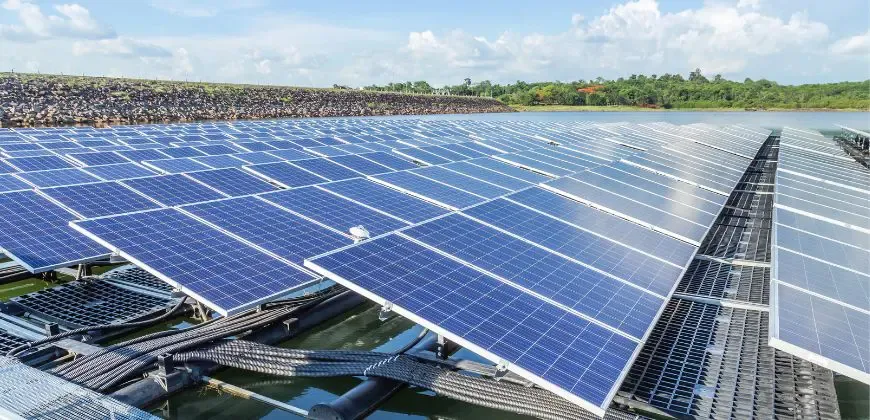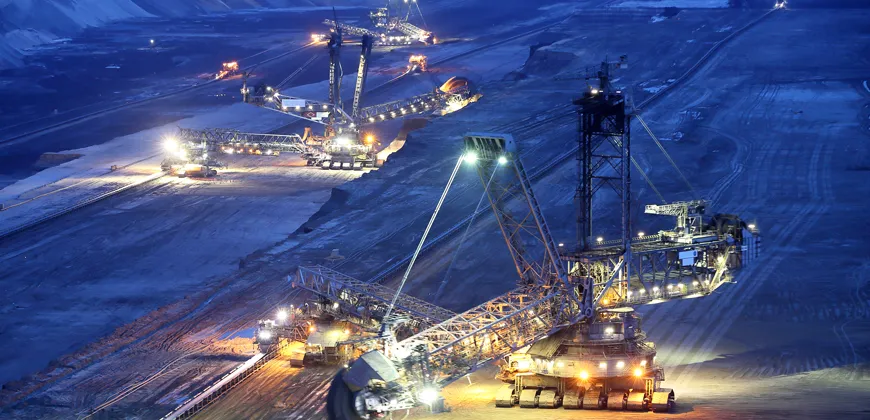Making the case for solar-powered microgrid
Clean Energy Engineering Group Project
MEL students apply their skills to optimize a solar-powered microgrid.

Three students in the Master of Engineering Leadership (MEL) in Clean Energy Engineering program developed technical and financial models for a solar-powered microgrid on the UBC campus as part of their capstone project. Funded by the Canada Foundation for Innovation and the BC Knowledge Development Fund, the planned $11.6-million microgrid will connect a 1-MW solar canopy on the roof of UBC’s Thunderbird Parkade to a high-voltage electric vehicle charging infrastructure, a hydrogen production and fuelling station, and battery-based energy storage.
“Our goal was to determine the financial feasibility of a microgrid on campus that would reduce the carbon footprint of transportation at UBC,” says M.K. Anand, one of the three MEL students who worked on this project along with Balpreet Kukreja and Bernardo Ruz.
He says that the team also wanted to explore ways to optimize the proposed system to see if it could be financially and technically feasible as a stand-alone venture beyond campus.
Given that the net present value of the first iteration of the model was negative, the group looked at every aspect of the system to see where they could modify operations and introduce additional revenue streams.
Balpreet says their first step was to alter the mix of electric vehicle charging stations: stations with a slightly slower charging speed than originally envisioned could still meet the operational goals of charging UBC’s fleet of electric vehicles and parkade visitors’ electric cars at a reduced cost. They also revised the size of the energy storage to reduce the amount of energy that would need to be purchased from the utility company during peak demand hours.
The group used data from existing electric vehicle charging stations at UBC and around Vancouver to inform their model. They looked at daily solar data to calculate how much energy the system could realistically produce and they consulted with organizations across the Lower Mainland that had installed comparable systems.
The students then used this information to optimize the planned UBC model and to create two new models – one without the hydrogen fuelling station and one without the higher-cost canopy superstructure for solar energy panels.

The three optimized models have positive net present values ranging from $1.6 million to $4.0 million, with a payback period of 24 to 26 years.
Bernardo says that the complexities of the project meant that he and his two classmates “had to look beyond the engineering lens” to address business, financial and behavioural issues, as well as technical ones. Their faculty advisor – Omar Herrera, Program Manager of Transportation Futures at the Clean Energy Research Centre – says that this is where the MEL program excels
“the program brings together technical and business knowledge, and it’s this unique combination of skills that is needed on a project like this.”
“This was a large and complex project and we needed our varied skills and backgrounds to do it,” adds M.K. “Balpreet had knowledge of electric vehicles and battery infrastructure, Bernardo had the skills needed to build the complex model, and I had experience in solar energy. Through Omar’s connections at the Clean Energy Research Centre we also had access to an incredible brain trust to help us bridge the gap between technical knowledge and real-world implementation. And our financial education from the MEL’s business classes enabled us to bring a vital business perspective to the project.”
The students were pleased they were able to create three optimized models with positive financial returns.
“It was exciting to see how a few tweaks to the project could make it economically feasible,” says Balpreet. “One of the challenges of installing clean energy infrastructure is the business case,” adds Omar. “It can be hard to justify the installation of clean energy systems when there are no financial incentives. The students’ work enabled us to see how these systems can be both great for the environment and revenue positive.”



